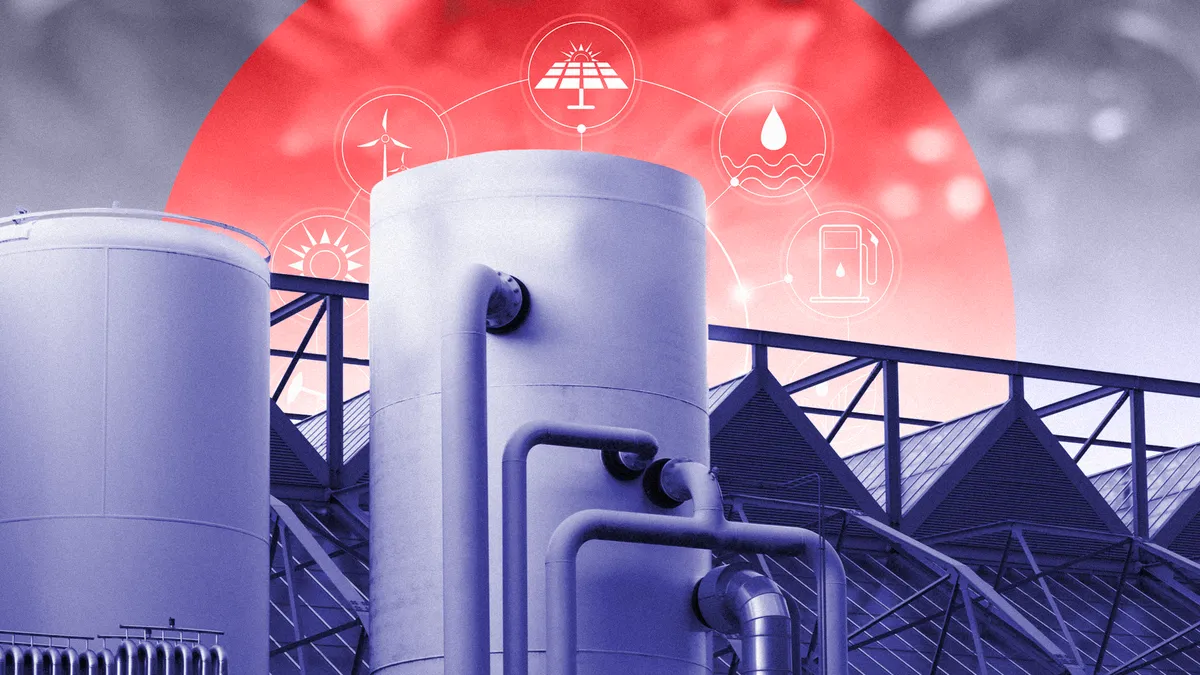Dive Brief:
- Hydrostor affiliate Pecho LD Energy Storage on Tuesday filed an application with California regulators to develop a 400 MW/3,200 MWh compressed air energy storage facility in the state's San Luis Obispo county.
- The project, which at full capacity is expected to be able to generate electricity for at least eight hours, is currently slated to come online in 2026 and 2027, and will help California ensure the reliability of its power grid after the planned retirement of the 2.2 GW Diablo Canyon nuclear plant by 2025, according to the developer.
- The project's announcement comes as California regulators are racing to bring online new resources by the middle of the decade, in a bid to replace both Diablo Canyon as well as 3.7 GW of natural gas plants scheduled to soon shut down.
Dive Insight:
California offers a lot of market fundamentals that make long-duration storage a compelling choice, according to Hydrostor. In June, the California Public Utilities Commission (CPUC) issued a procurement order for 11.5 GW of resources to come online during the middle of the decade, including a 1 GW carve-out for long-duration storage, defined as being able to deliver maximum capacity for at least eight hours.
"That's obviously Hydrostor's niche — we provide eight hours or more of storage capacity, and we've been developing these projects for quite a period of time now with the idea that this long-duration market will evolve into a commercial reality," said Curt Hildebrand, Hydrostor's senior vice president of commercial affairs.
The Pecho energy storage project is designed to take in excess wind and solar energy during low-demand periods on the California grid and store it in the form of compressed air. When demand is higher, the facility will use the high-pressure air to generate electricity for at least eight hours when at full capacity. This makes it larger than all existing battery storage projects in the state in terms of megawatts and duration, according to Hydrostor.
Hydrostor hopes that the California Energy Commission approval process will result in it getting a construction license for the facility in early 2023, according to Hildebrand. While the CPUC is not directly involved in the project permitting itself, it would need to sign off on any commercial offtake agreements with load-serving entities.
While a portion of the project could be online as early as 2026, Hydrostor expects the full capacity of the Pecho facility to be available in 2027, Hildebrand said.
Hildebrand also pointed to other positives of the project — it does not produce emissions, and has a much smaller footprint than, for instance, a comparatively sized pumped hydro project, he said. Moreover, "we're utilizing proven technologies — just in a different application. Large compressors and turbo expanders and generators have all been used for decades in various applications. We're just combining them in a new, unique fashion," he explained.
Hydrostor's application for certification is a milestone in the project's development, and shows that they and other companies are meaningfully investing in California, Alex Morris, executive director of the California Energy Storage Alliance, said in an email.
The developer's focus on longer-duration solutions — eight hours as opposed to today's conventional four-hour storage systems — highlights how a portfolio of energy storage resources is needed, Morris added.
"California's policymakers will need to ensure that our energy storage procurement practices and valuations… value the benefits of a portfolio approach,” he said.














